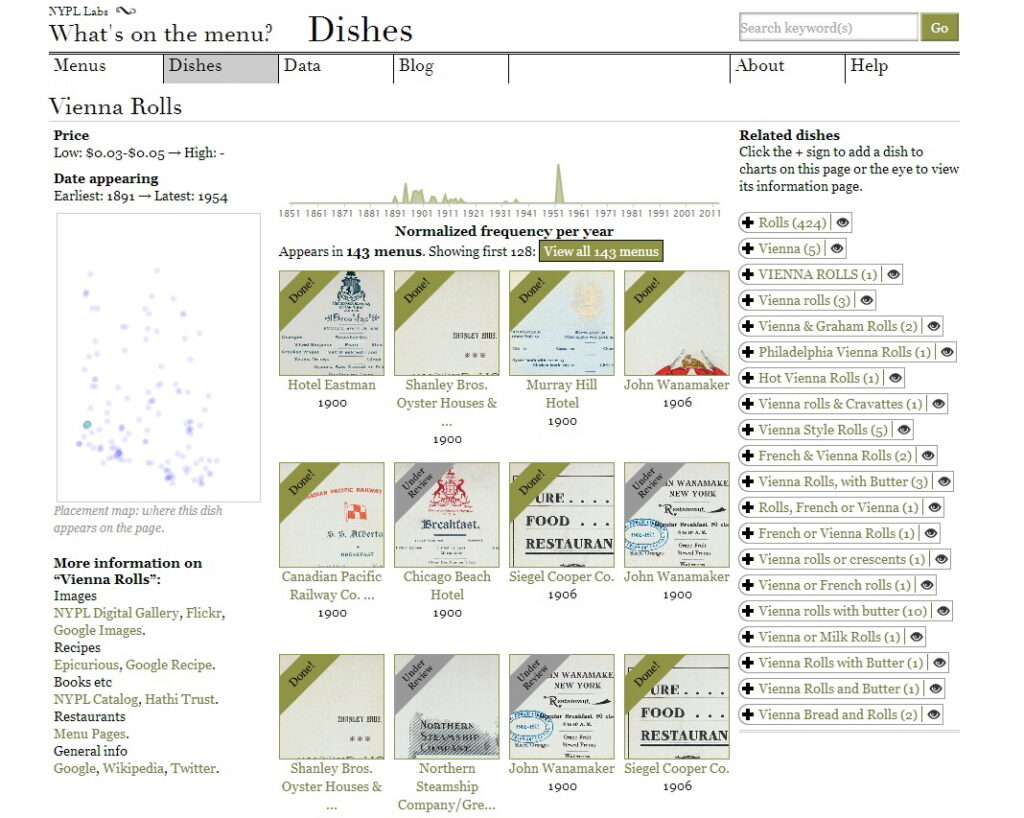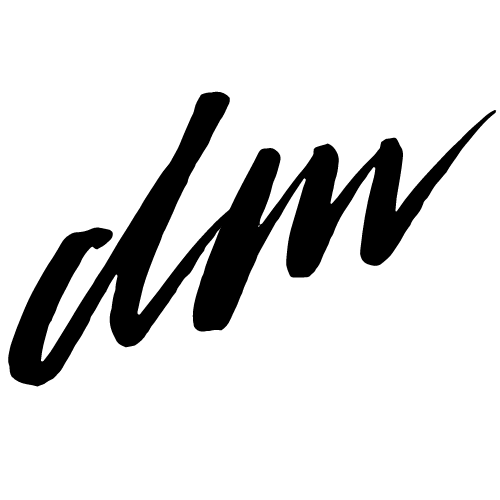Websites for crowdsourcing cultural heritage support participation by showing how project output is (or will be) freely accessible to the public.
Explanation: Types of project output include original, transcribed, corrected and enhanced content; metadata; structured or synthesized data; digital collections; and curated content. Project output should be made accessible as soon as possible; if project output is not immediately accessible, the website should explain when it will be accessible.
Benefits: Proof of free public access to project output encourages new website visitors to contribute, although this may be more influential on the decisions of users who have previously contributed to websites for CCH than for users who have not. Seeing the result of their contribution in the public domain gives contributors a sense of satisfaction, and may encourage them to contribute more.
Examples of compliance with this principle:
- The incorporation of or links to a searchable database.
- Interactive visualizations of project output.
- Access to application programming interfaces (APIs).
- Promotion of work that uses project output.
Charging users for access to project output is an example of non-compliance.

